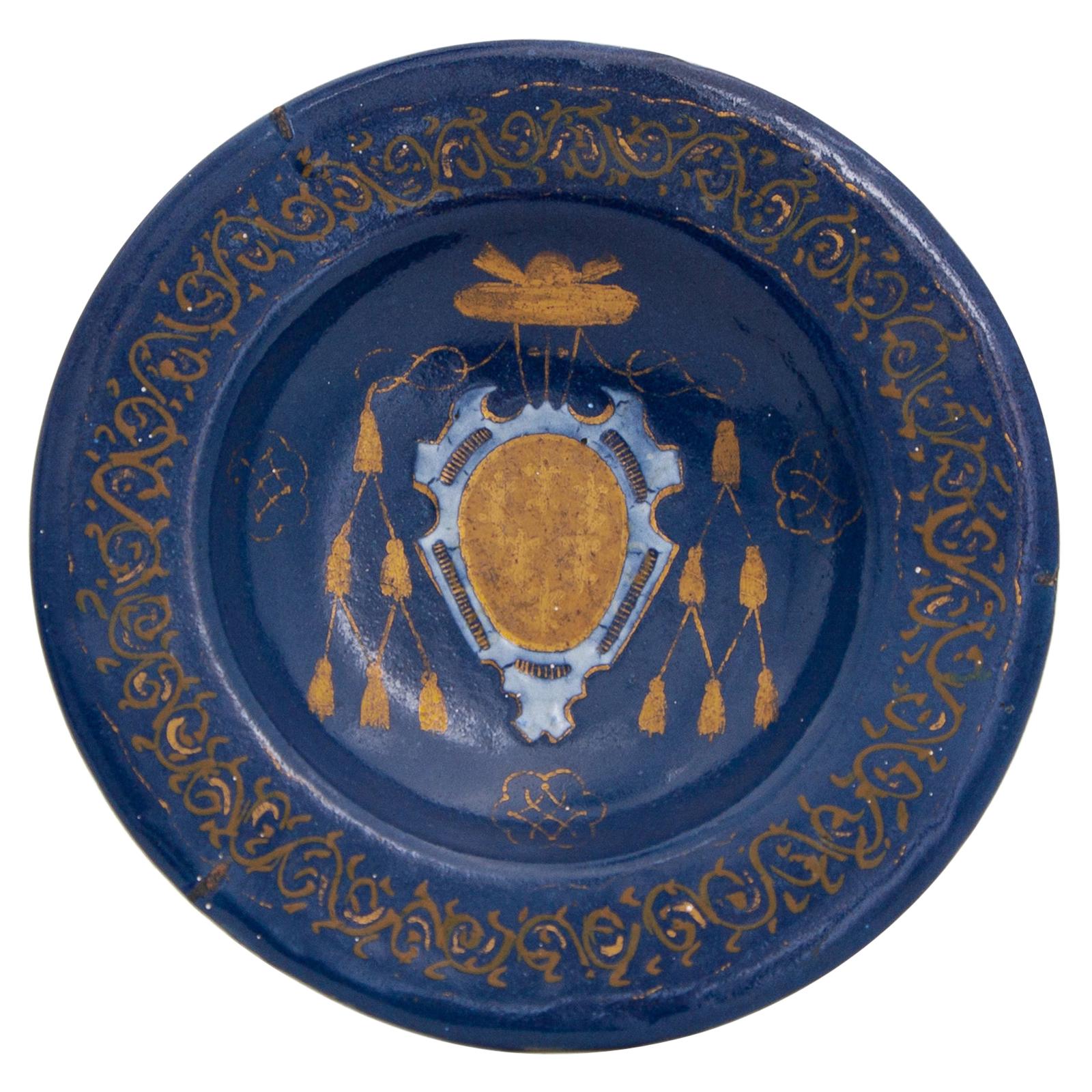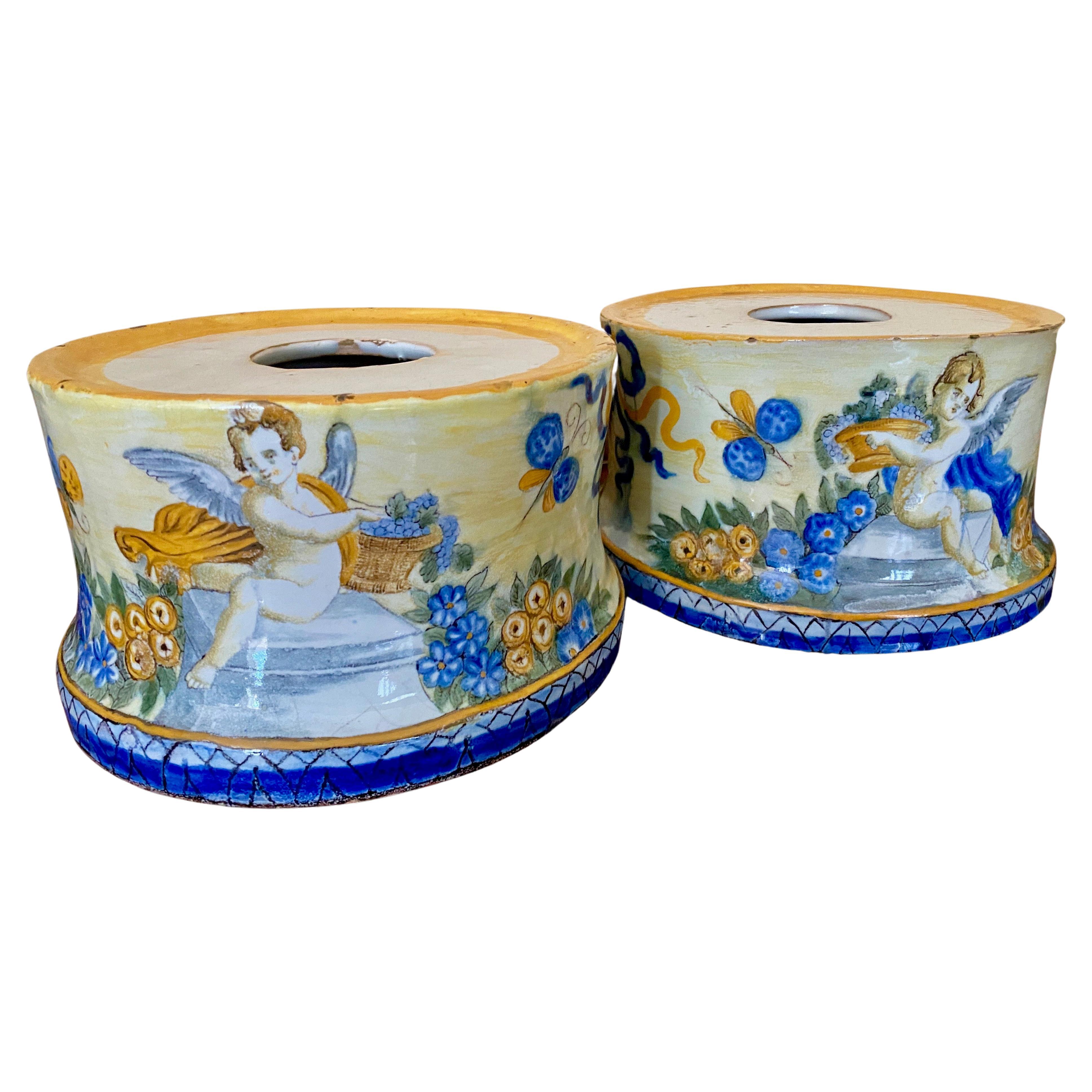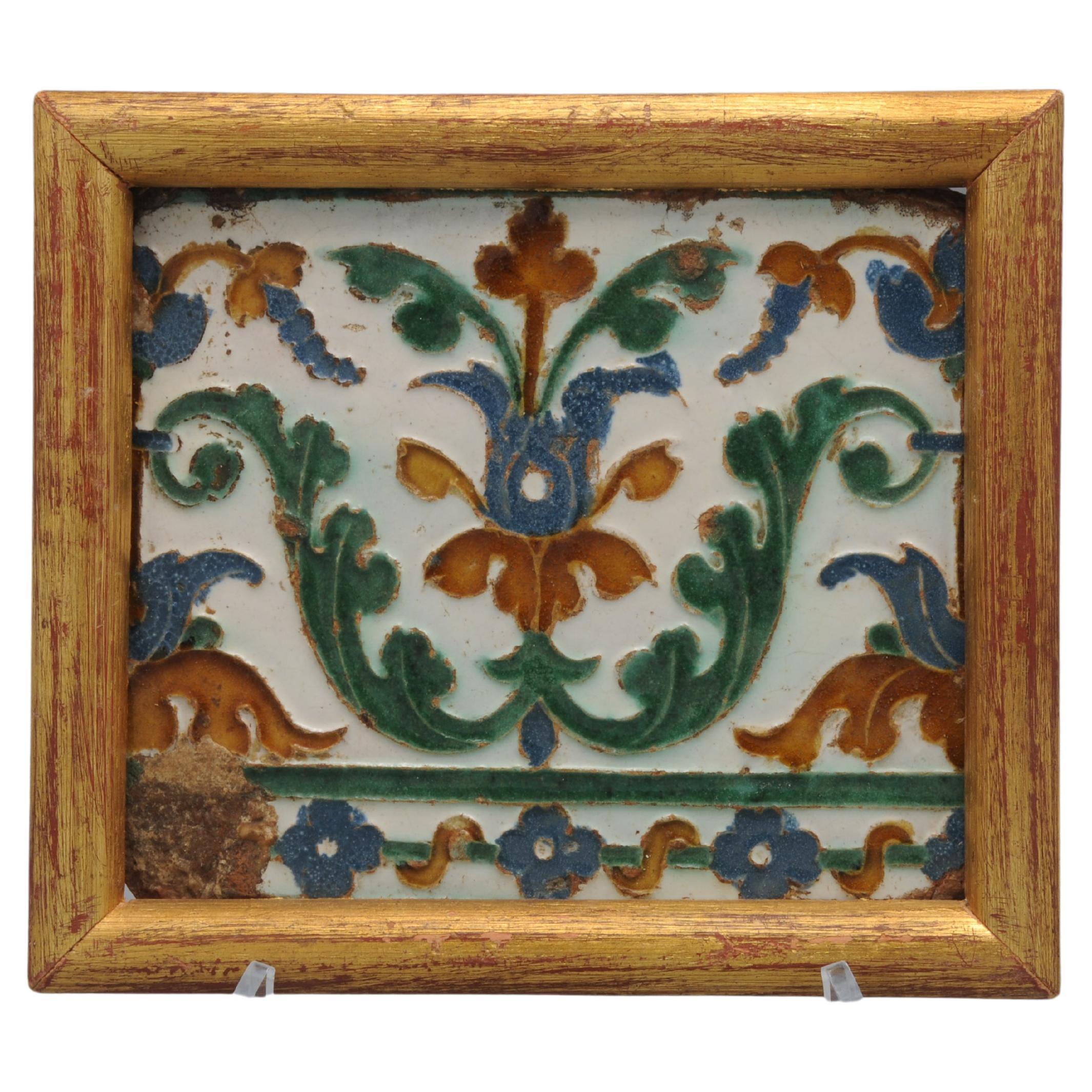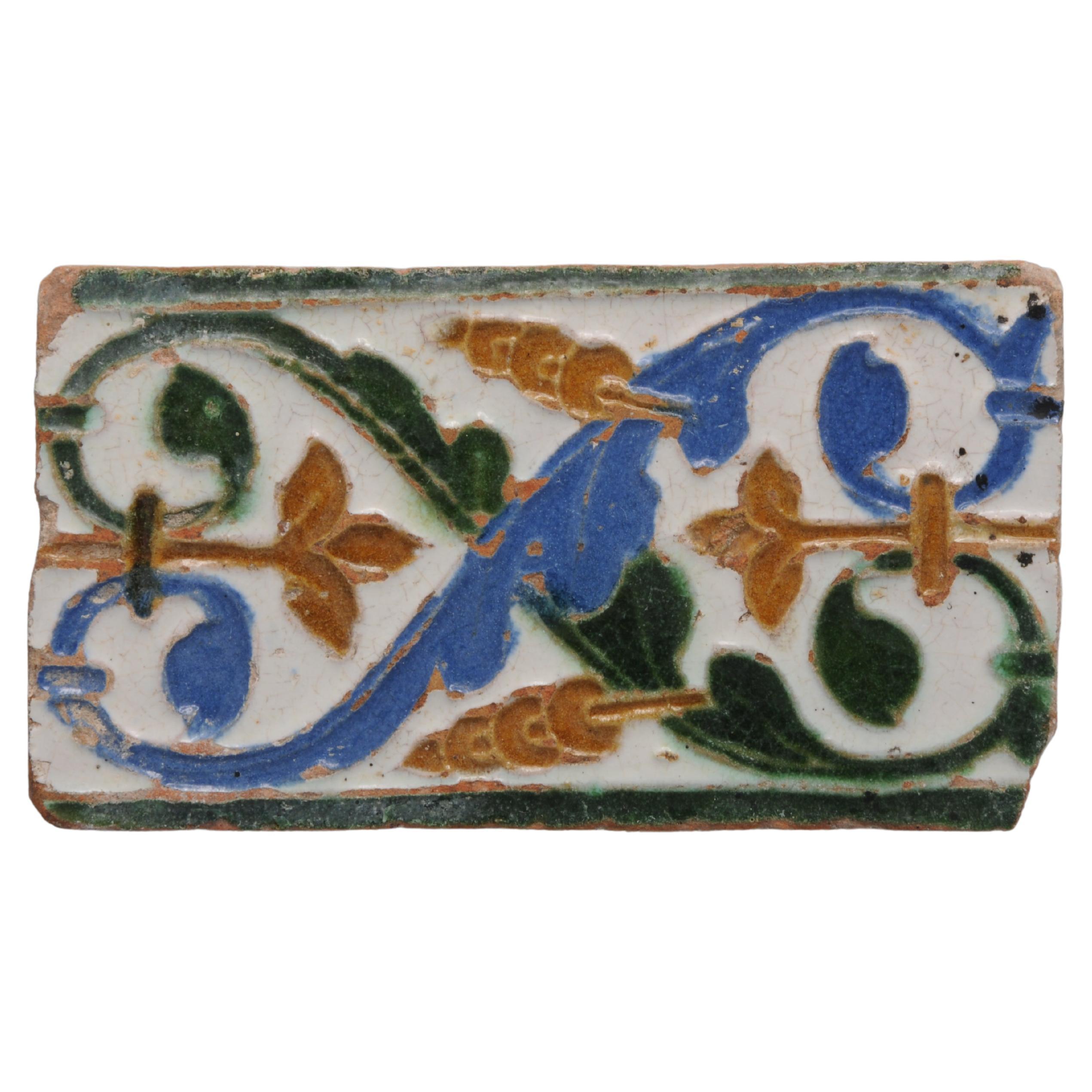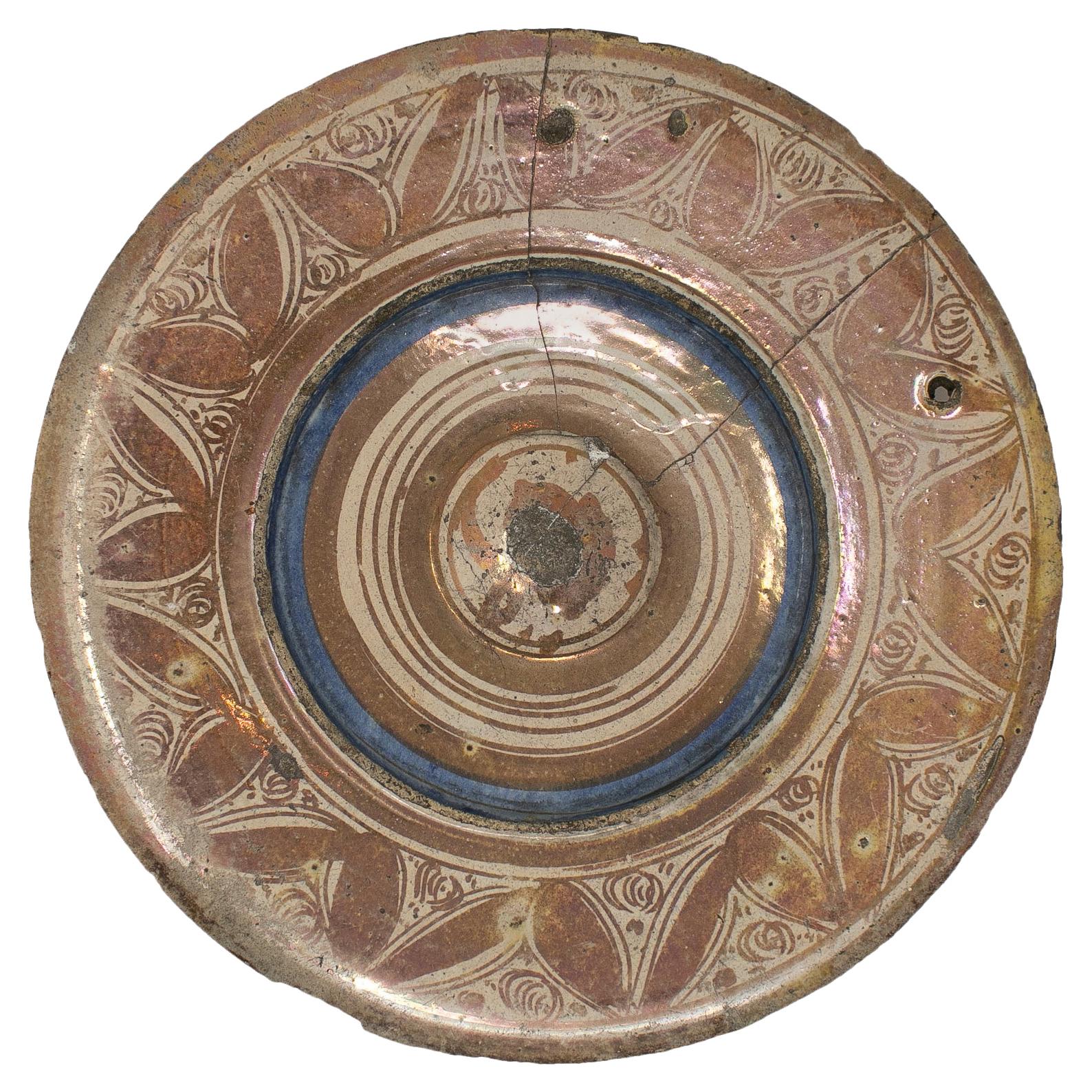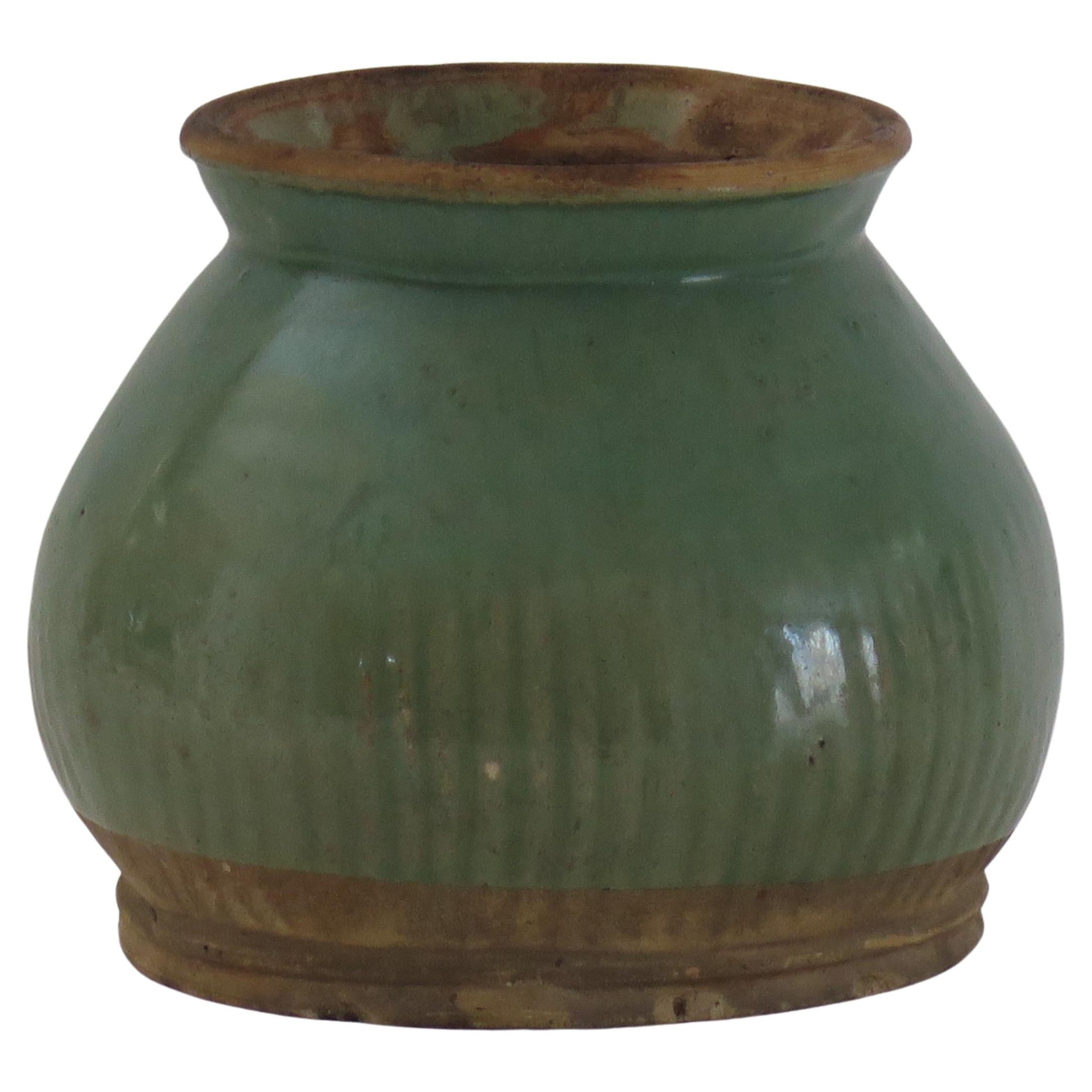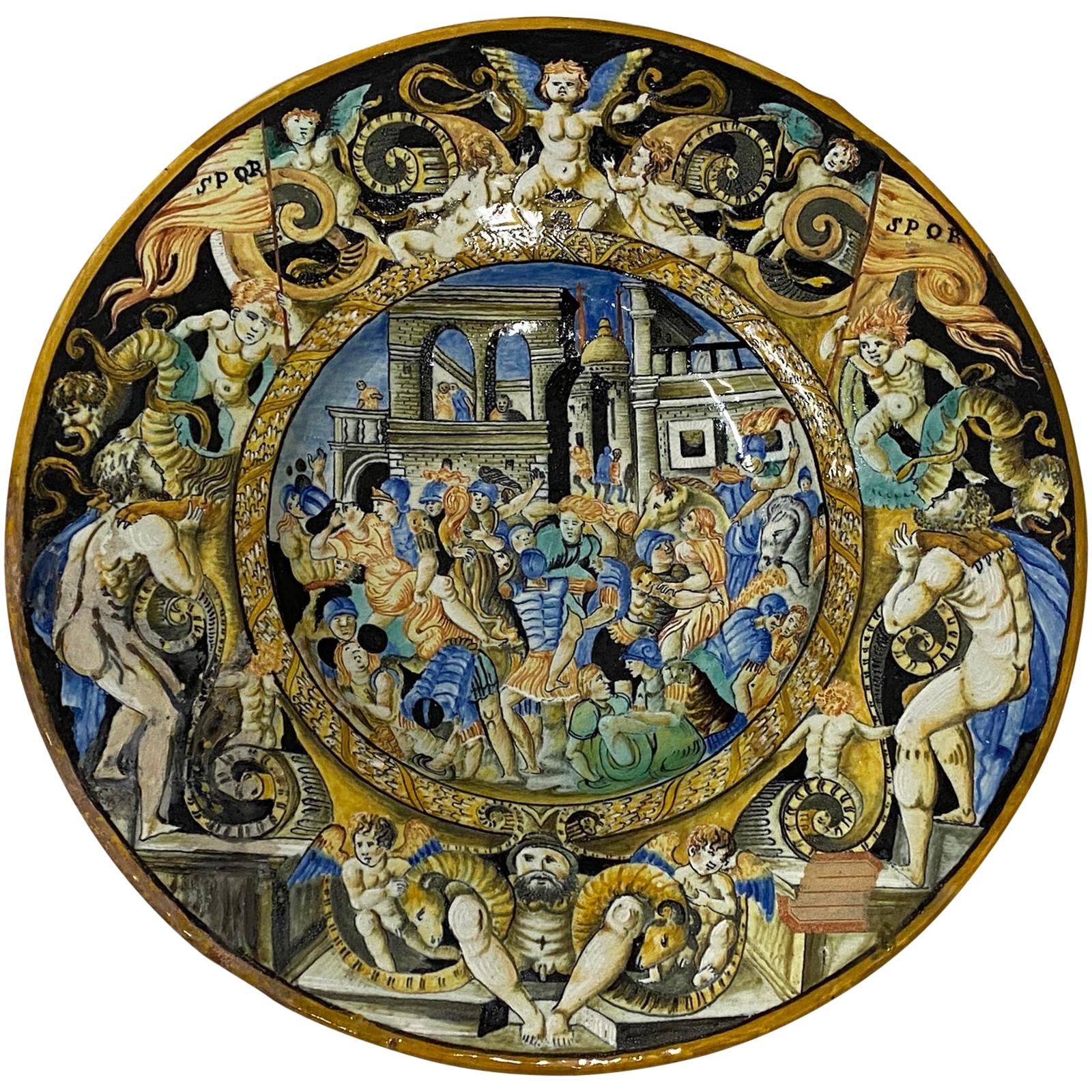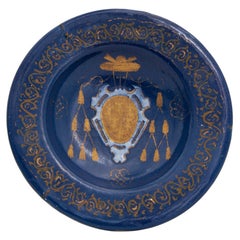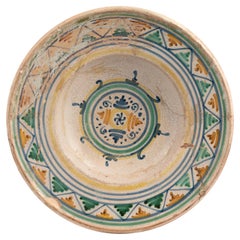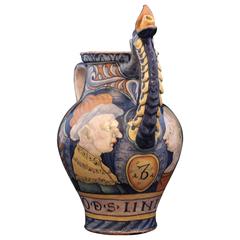
Castelli 'Italy' Majolica Chevrette, Orsini-Colona, 16th Century
View Similar Items
1 of 8
Castelli 'Italy' Majolica Chevrette, Orsini-Colona, 16th Century
About the Item
- Attributed to:Orsini-Colonna. Workshop of Orazio Pompei (Workshop/Studio)
- Dimensions:Height: 11.03 in (28 cm)Diameter: 8.27 in (21 cm)
- Style:Renaissance (Of the Period)
- Materials and Techniques:
- Place of Origin:
- Period:
- Date of Manufacture:circa 1545-1550
- Condition:Wear consistent with age and use. Handle and spout restuck, is lacking paint resumed on top of the head of the woman, chips restored at the top and at the bottom.
- Seller Location:Paris, FR
- Reference Number:1stDibs: LU233836645433
You May Also Like
- 16th Century Castelli Italian Maiolica Farnese alla turchina DishBy CastelliLocated in Fort Lauderdale, FLAn extraordinary azure maiolica dish in the Farnese service, made by Castelli d'Abuzzo between 1580 and 1589. In the peak of the High Renaissance, Cardinal Alessandro Farnese commissioned a dinner service from the Castelli maiolica...Category
Antique 16th Century Italian Renaissance Decorative Art
MaterialsMaiolica
- A Deruta Maiolica Dish Early 16th CenturyLocated in Firenze, ITSHIPPING POLICY: No additional costs will be added to this order. Shipping costs will be totally covered by the seller (customs duties included). The centre painted with archaic de...Category
Antique 16th Century Italian Renaissance Ceramics
MaterialsMaiolica
- Italian Renaissance Plate, Patanazzi Workshop Urbino, End of 16th CenturyBy Patanazzi WorkshopLocated in Milano, ITAcquareccia plate Patanazzi workshop Urbino, last quarter of the 16th century It measures diameter 17.12 in; foot diameter 11.53 in; height 1.88 in (43.5 cm; 29.3 cm; 4.8 cm). Weight State of conservation: wear and a few small minimal detachments of enamel, chipping on the raised areas, peeling of enamel at the brim on the back. This large, shallow basin is equipped with a wide and convex well. It is umbonate with a contoured center. The brim, short and flat, is enclosed in a double rounded and barely raised edge. The basin has a flat base without rims; it has a slightly concave center in correspondence to the well. The shape takes inspiration from the basins associated with the metal forged amphora pourers that traditionally adorned the credenza. These were used from the Middle Ages to wash hands during banquets. Two or three people washed their hands in the same basin and it was considered an honor to wash one’s hands with an illustrious person. The decoration is arranged in concentric bands with, in the center of the umbo, an unidentified shield on a blue background: an oval banded in gold with a blue head, a gold star and a field with a burning pitcher. Rings of faux pods separate the center from a series of grotesque motifs of small birds and masks. These go around the basin and are, in fact, faithfully repeated on the brim. The main decoration develops inside the flounce of the basin, which sees alternating symmetrical figures of winged harpies and chimeras. The ornamentation, outlined in orange, green and blue, stands out against the white enamel background. This decorative style, defined since the Renaissance as “grottesche” or “raffaellesche”, refers to the decorations introduced after the discovery of the paintings of the Domus Aurea towards the end of the fifteenth century. The discovery of Nero's palace, buried inside Colle Oppio by damnatio memoriae, occurred by chance when a young Roman, in 1480, fell into a large crack which had opened in the ground on the hill, thus finding himself in a cave with walls covered with painted figures. The great artists present in the papal city, including Pinturicchio, Ghirlandaio, Raffaello, immediately visited these caves. The decorations found there soon became a decorative subject of immense success: the term grotesque , with the meaning of “unusual,” “caricatured,” or “monstrous,” was later commented by Vasari in 1550 as “una spezie di pittura licenziose e ridicole molto”( “a very licentious and ridiculous kind of painting”). The decorations “a grottesche” also widely circulated in ceramic factories, through the use of engravings, variously interpreted according to the creativity of the artists or the requests of the client. Our basin is reflected in similar artifacts produced at the end of the sixteenth century by the factories of the Urbino district. See the series of basins preserved in the main French museums, among which the closest in morphology is that of the Campana collection of the Louvre (Inv. OA1496); this however has a more complex figure decoration, while the decoration of our specimen is sober and with a watercolor style. The style, sure in its execution, approaches decorative results still close to the works produced around the middle of the sixteenth century by the Fontana workshop. The decoration is closely linked to their taste, which later finds its natural outlet, through the work of Antonio, also in the Patanazzi workshop. Studies show the contiguity between the two workshops due to the kinship and collaboration between the masters Orazio Fontana and Antonio Patanazzi, both trained in the workshop of Guido Fontana il Durantino. It is therefore almost natural that their works, often created according to similar typologies and under the aegis of the same commissions, are not always easily distinguishable, so much so that the presence of historiated or “grottesche” works by Orazio is documented and preserved in Antonio Patanazzi's workshop. Given that the studies have always emphasized the collaboration between several hands in the context of the shops, it is known that the most ancient “grottesche” works thus far known, can be dated from 1560, when the Fontana shop created the so-called Servizio Spagnolo (Spanish Service) and how, from that moment on, this ornamentation became one of the most requested by high-ranking clients. We remember the works created for the Granduchi di Toscana, when Flaminio Fontana along with his uncle Orazio supplied ceramics to Florence, and, later, other commissions of considerable importance: those for the service of the Duchi d’Este or for the Messina Farmacia of Roccavaldina, associated with the Patanazzi workshop when, now after 1580, Antonio Patanazzi began to sign his own work. Thus, in our basin, the presence of masks hanging from garlands, a theme of more ancient memory, is associated in the work with more advanced stylistic motifs, such as the hatching of the chimeras and harpies. These are found here on the front with the wings painted in two ornate ways. In addition, the theme of the birds on the edge completes the decoration along the thin brim and can be seen as representing an early style typical of the Urbino district during a period of activity and collaboration between the two workshops. Later, a more “doll-like” decorative choice, typical of the end of the century and the beginning of the seventeenth century, characterized the period of the Patanazzi workshop under the direction of Francesco. Bibliography: Philippe Morel, Il funzionamento simbolico e la critica delle grottesche nella seconda metà del Cinquecento, in: Marcello Fagiolo, (a cura di), Roma e...Category
Antique 16th Century Italian Renaissance Ceramics
MaterialsMaiolica
- Italian Castelli Majolica Bases, circa 1800By CastelliLocated in CHItalian Castelli majolica bases, Circa 1800. This pair of bases for large vases are a typical example of the high quality manufacturing of the Caste...Category
Antique 19th Century Italian Rococo Pottery
MaterialsCeramic
- Spanish Azulejo Tile Arista y Cuenca - Toledo 16th centuryBy Estadio of SpainLocated in DELFT, NLEarly Arista y cuenca tile made in Toledo. Tile decorated in renaissance with stylized flowers was probably made between 1550 and 1575.Category
Antique 16th Century Spanish Renaissance Ceramics
MaterialsEarthenware
- Spanish Azulejo Tile Arista / Cuenca - Toledo 16th centuryBy Estadio of SpainLocated in DELFT, NLEarly Arista / border tile made in Toledo. Tile decorated in renaissance with stylized flowers was probably made between 1550 and 1575. Catalogue: La Azulejería Toledana a Través ...Category
Antique 16th Century Spanish Renaissance Ceramics
MaterialsEarthenware
Recently Viewed
View AllMore Ways To Browse
Majolica Polychrome
Italian Renaissance Majolica
Italian Faience Majolica
Italian Polychrome Figures
Apothecary Workshop
16th Century Italian Majolica
16th Century Renaissance Italy Majolica
Majolica Apothecary
Castelli Majolica
Ceramic Flat Bowl
Berndt Friberg Miniature
Hicks And Meigh
Majolica Match
Ceramic Fruit And Vegetables
Chinese Porcelain Spoons
Ceramica Gatti 1928
Antique Canton Plates
Imari Charger Plates
